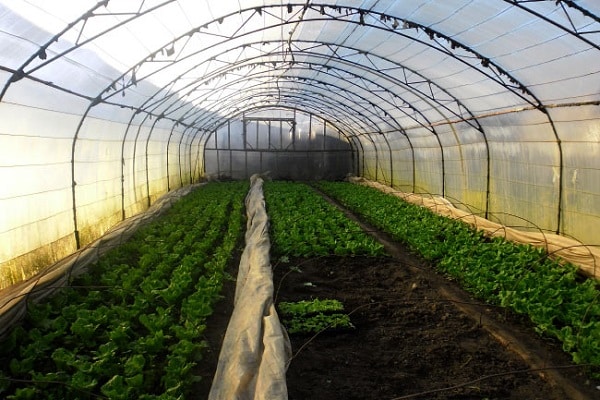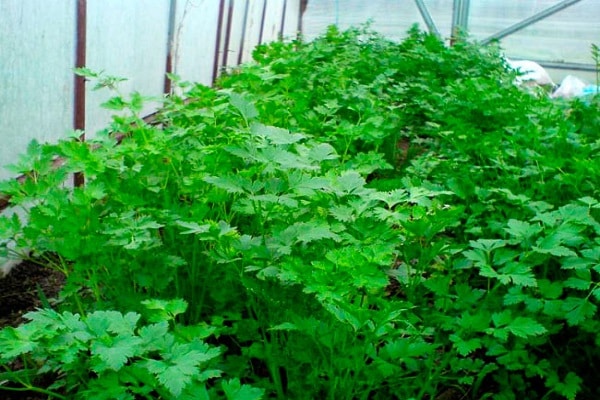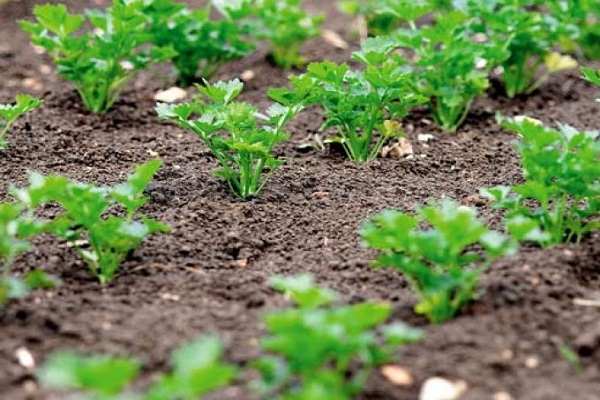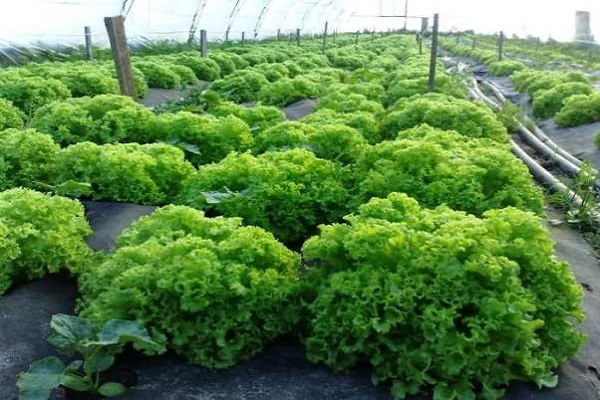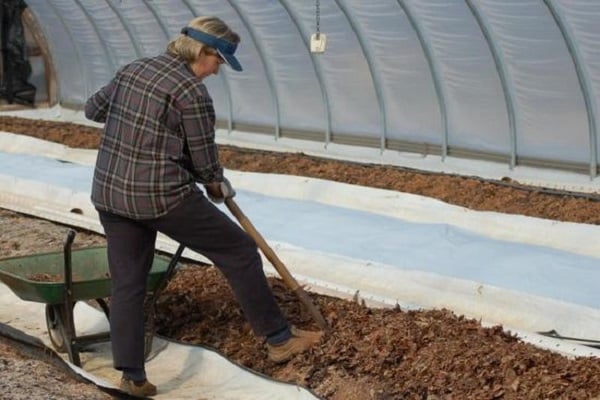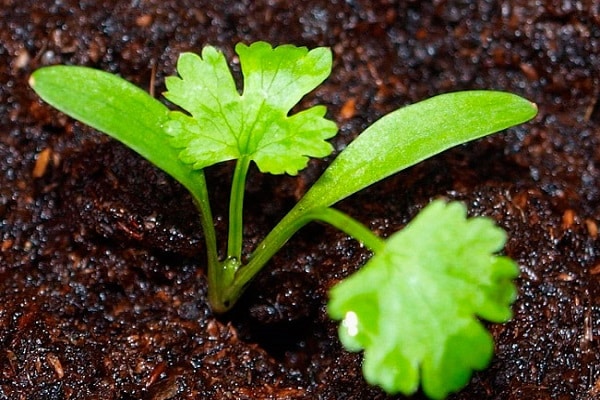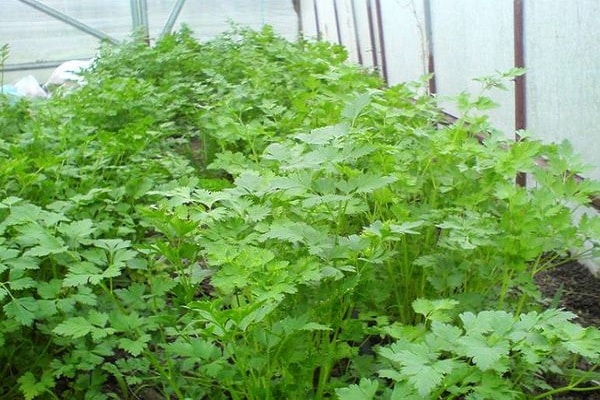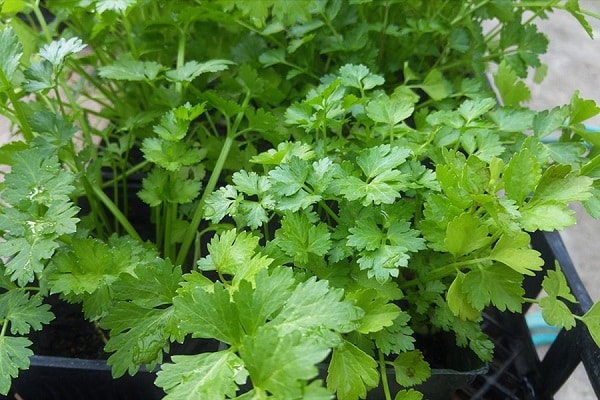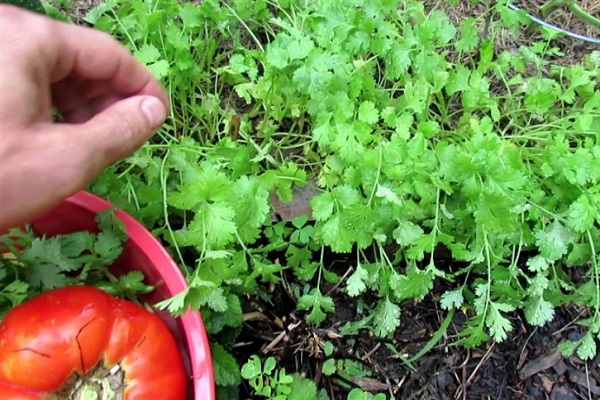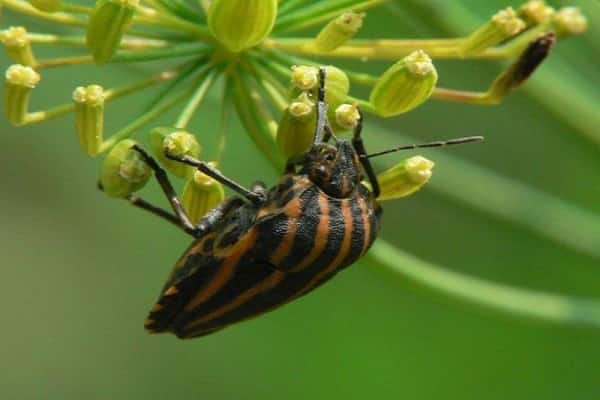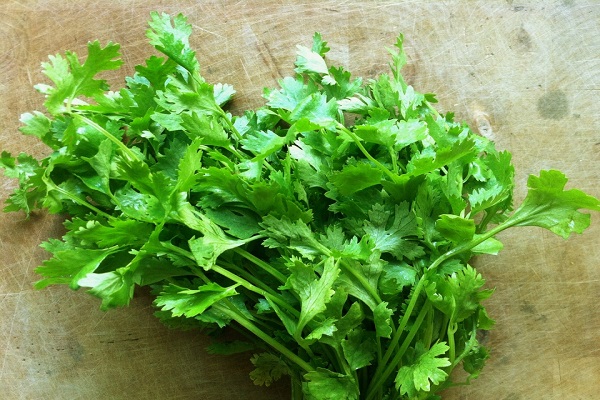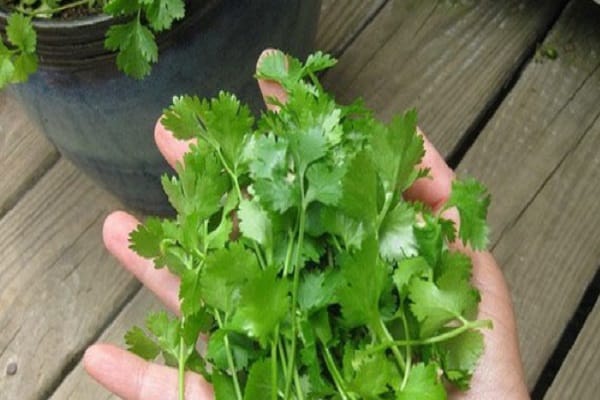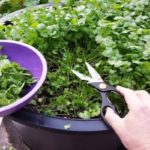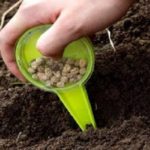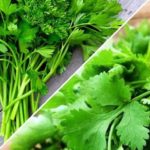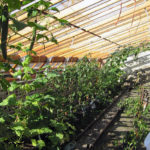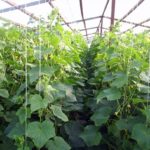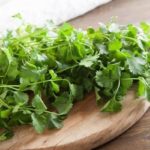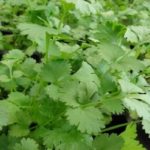The herb grown for its greens is called cilantro. If the plant is planted for the purpose of obtaining seeds, it will be called coriander. Cilantro feels great in a greenhouse, on a garden bed and on a windowsill. In greenhouses, the spice can be cultivated separately or as an intermediate plant, planted between the rows of other crops. Growing cilantro in a greenhouse is possible with the organization of a competent heating system, additional lighting, and irrigation system. It is advisable to use racks on which containers or pots are installed.
Cilantro is a green mass, coriander is the fruit of the same plant.
Advantages of a greenhouse
Cultivating cilantro (coriander) in a greenhouse has many advantages:
- The cilantro crop can be harvested even in winter, if heaters are installed;
- under cover the greenery is protected from the invasion of slugs and other pests;
- shortened growing season, from the moment of sowing the seeds to cutting the fresh greens, two weeks pass;
- possibility of growing with other vegetable crops;
- maintaining the required level of soil and air humidity;
- possibility of growing greens or fruits.
Seed selection
Most popular varieties of cilantro for growing in a greenhouse today are considered:
- Hybrid Caribe. This fragrant, annual novelty is distinguished by late bolting and resistance to low temperatures.
- Amber. Fragrant plant. With systematic moderate watering, accelerated formation of leaf mass occurs, which is suitable for use for a long period due to the late formation of peduncles and seeds. Leaf cutting is shown at a height of ten centimeters.
- Borodinsky. The growing season is medium, the leaves are tender, and have excellent taste and aroma.
- Stimulus. A mid-late variety with a compact rosette up to 30 cm tall. Dark green glossy leaves form a mass of 40 g on one plant.
- Venus. The variety is early, the greens are suitable for use a month after the emergence of shoots. It is distinguished by a raised rosette with a unique smell and pleasant taste.
- Alekseevsky 190. Not prone to shedding and lodging, frost-resistant, rarely attacked by pests.
Growing
Cilantro sown directly into greenhouse soil germinates successfully at temperatures no higher than + 20 ºC. If the crop is grown separately, sowing in rows is preferable.When sown with other vegetables, the seed material is scattered in free space without being buried. The soil should be loosened, moistened and lightly sprinkled with dry soil. This method significantly accelerates germination and shortens the growing season. With the appearance of sprouts, the plants are thinned out, with weak shoots being culled, at a distance of 6–8 cm. Seed sowing is carried out year-round.
Insulated structures allow you to grow cilantro in the winter - in January and February. On hot summer days, the growth of cilantro stops, the taste becomes inexpressive, and there is a risk of dropping flower stalks.
Cutting of the leaf mass begins when the growth reaches 15–20 cm, until the release of peduncles, which contribute to the coarsening of the greens and deterioration of taste. It is recommended to cut cilantro in the morning with a sharp knife. After which, the soil is loosened and fertilized for subsequent reseeding of greenery.
Soil preparation
Growing cilantro in the greenhouse it involves mixing the top layer of soil with sand and peat, and disinfecting it with a solution of copper sulfate. Then humus is added. Acidic soil should be avoided. High yields are achieved by changing the soil in the greenhouse annually.
Planting seedlings
Cilantro seedlings in a greenhouse are planted at a distance of 8–12 cm with an interval between rows of 30 cm. This planting scheme simplifies care and provides the bushes with enough space for effective development.
Temperature
For successful germination in a greenhouse, cilantro seeds are provided with a moderate temperature: 18–20 °C. With the emergence of seedlings, the temperature may increase.
Temperatures above +30 °C will significantly reduce the yield and quality of greens.
Watering
Optimal humidity when growing cilantro in an industrial greenhouse is maintained by installing an automatic drip irrigation system. Private owners use watering cans with a wide spray nozzle.
The bushes need to be watered generously twice a week with warm water. The intensity of watering should be increased during the period of formation of stems and growth of leaves. Mulching the soil with straw, sawdust, and nut shells will allow you to water the plants less often. Mulch retards the evaporation of moisture from the soil, protects the spice from weeds and warms the root system on cool days.
Fertilizers
Herbs love loose, generously fertilized soil. Fertilizer is applied while digging the ridges. Mineral fertilizers containing superphosphate and potassium or rotted manure and wood ash are preferred. It is advisable to fertilize the soil after cutting the green mass, while simultaneously watering, loosening the soil and removing weeds. The annual change of the top layer of soil to a new soil mixture is shown.
Diseases and pests
The most common fungal disease of cilantro (coriander) is ramulariasis. It can appear in the form of brown spots during the growing season, affecting all organs of the plant and leading to its death. The cause of the disease is frequent rains and heavy dew. Preventive measures include treating seed material and getting rid of plant residues.
Sometimes the crop is affected by powdery mildew. To prevent this from happening, you need to follow the rules of crop rotation, dig up the soil to a sufficient depth, and destroy plant remains in the autumn.
Among the pests, noteworthy are the fall armyworm, wireworm, striped and umbrella bugs and coriander seed beetle, which cause damage to yields of up to 80%.
Harvesting cilantro
Cilantro is a spice actively used in cooking as a seasoning for first courses and sauces. Pairs harmoniously with meat and fish.
The commercial height of green mass is considered to be 10–20 cm. Later cutting is fraught with the onset of flowering and coarsening of the leaves. You can determine the harvest date by the rich green color of the herbs. Cilantro cut early in the morning is washed with running water, dry stems, leaves, debris, and insects are removed, dried with paper towels and tied into bunches. You need to hang herbs in the attic or other dry room, where direct sunlight, which destroys vitamins and nutrients, does not reach.
Proper drying of cilantro preserves minerals and vitamins, as well as taste and aroma. Completely dried plants are crushed and placed in glass jars with hermetically sealed lids.
Cilantro grown in a greenhouse can serve as a good financial boost. Young greens are readily sold out. You can sell the seasoning yourself or through shops and vegetable stalls. The size of the harvest, and therefore the profit, largely depends on the area of the greenhouse.

